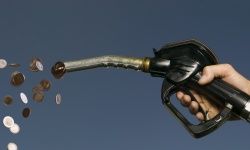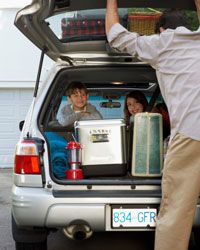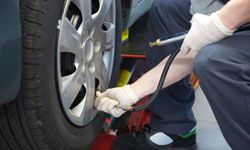Not only can gassing up the car get expensive, but driving is also not so hot for the environment. Using more fuel means increased emissions. In fact, every 6 pounds (2.7 kilograms) of fuel you burn creates 19 pounds (8.6 kilograms) of harmful carbon dioxide, along with other emissions that contribute to global warming and air pollution.
Even if you're not concerned about environmental issues, saving fuel just makes sense. Fuel prices are higher than ever, and filling up those tanks is tough on our wallets.
Advertisement
Unfortunately, not all fuel-saving methods work as well as they claim to. Changing the air filter, for example, doesn't improve your car's mileage, and neither does filling up your tank in the morning while the weather and fuel are cooler. Do you want to skip the myths and actually spend less on fuel? We've got some solid tips and techniques to help you increase your miles per gallon (mpg) and save yourself a trip to the pump!





